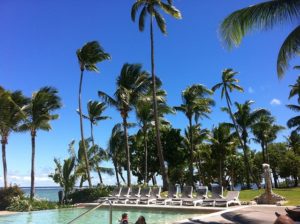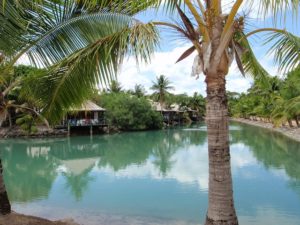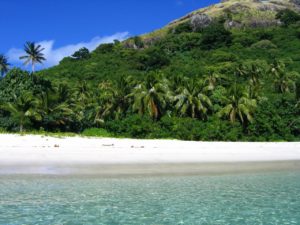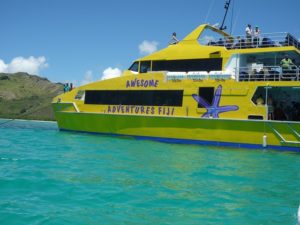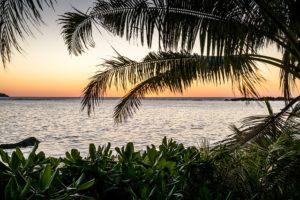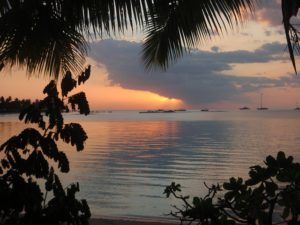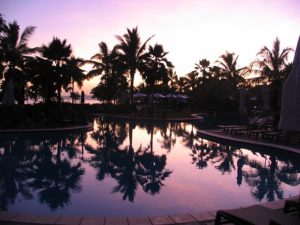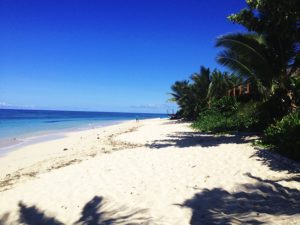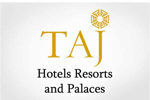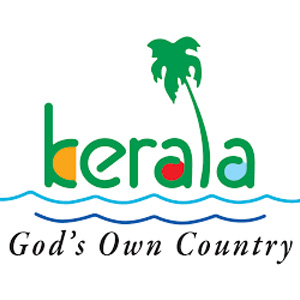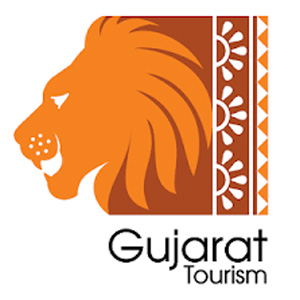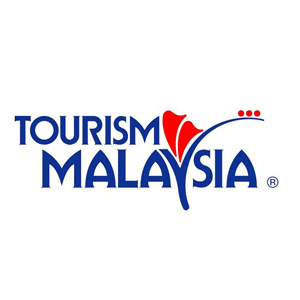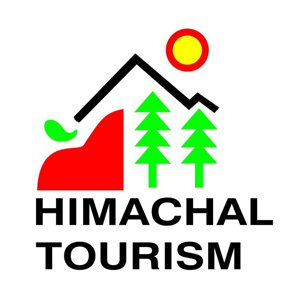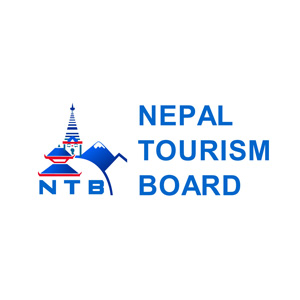






Fiji - Packages
Fiji
Currency:
Fijian Dollar
Temperature:
Jan: 26
Feb: 26
Mar: 26
Apr: 26
May: 25
Jun: 24
Jul: 23
Aug: 23
Sep: 24
Oct: : 24
Nov: 25
Dec: 23
Flag:
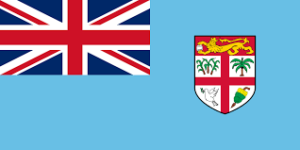
General Information:
The Republic of the Fiji Islands is a multicultural island nation with cultural traditions of Oceanic, European, South Asian, and East Asian origins. Immigrants have accepted several aspects of the indigenous culture, but a national culture has not evolved. Commercial, settler, missionary, and British colonial interests imposed Western ideologies and infrastructures on the native peoples and Asian immigrants that facilitated the operation of a British crown colony.
The indigenous name of the islands is Viti, an Austronesian word meaning “east” or “sunrise.” Ethnic Fijians call themselves Kai Viti (“the people of Viti”) or i Taukei (“the owners of the land”). Until the advent of colonial rule in 1873, the population of Viti Levu, the principal island of the Fiji group, was divided into hierarchically organized coastal peoples and more egalitarian highland peoples in the interior.
People from different parts of India, now called Indo-Fijians, came to work as indentured laborers on sugar plantations. After their term of service, many remained in Fiji. Some became merchants and business-people, others remained on the land as free peasant cultivators. The early immigrants were joined later by freely-migrating people from India’s merchant castes, mostly from Gujarat. European immigrants came primarily from Australia, New Zealand, and Great Britain.
Geography:
The republic includes approximately 320 islands, but only about one hundred are inhabited. The land area is 7,055 square miles (18,272 square kilometers); Viti Levu and Vanua Levu account for 87 percent of the landmass. Viti Levu contains the major seaports, airports, roads, schools, and tourist centers, as well as the capital, Suva.
The maritime tropical climate is characterized by high humidity and rainfall along the windward coasts and a drier climate in the interiors and along the leeward coasts, where savanna grassland was the natural vegetation. Much of the original savanna was turned into sugarcane plantations during the colonial period.
History And Culture:
Indigenous Fijians are descended from the Lapita peoples, a seafaring group from eastern Indonesia or the Philippines who probably arrived in the Fiji Islands during the second millenniumB.C.E.and later interbred first with Melanesians from the west and subsequently with Polynesians (also Lapita descendants) from the east. Before European contact, Fijian social organization featured (as it still does) patrilineal clans, subclans, and lineages, and by the nineteenth century there were forty chiefdoms, twelve of which dominated the political scene.
During the nineteenth century there was an influx of European beachcombers, traders, planters, and missionaries. The planters and traders soon attempted to set up a colony on the model of those of Australia and New Zealand. The indigenous chiefs, backed by European settler interests, established several confederated forms of government, the last of which, the United Kingdom of Fiji, represented an attempt at forming a modern independent multi-ethnic state. Many of the administrative arrangements of the kingdom were subsequently accepted by the British colonial administration. After an initial refusal, in 1874 Great Britain accepted an offer of cession from the self-styled “king of Viti” and other principal Fijian chiefs.
Britain believed that the islands could be economically self-sufficient through the establishment of sugarcane plantations but did not want to end the traditional way of life of the Fijians. In 1879, the first boatload of Indian indentured laborers arrived. In the next forty years, sixty thousand Indians were shipped to the islands, becoming a class of exploited plantation workers who lived in a world of violence, cut off from their cultural roots. Depressed economic conditions in India caused most of those laborers to remain after their contracts expired, finding work in agriculture, livestock raising, and small business enterprises.
Best Places To Visit:
- Decompress on Viti Levu
- Sample the Culture in Nadi
- Fly Over the Mamanucas
- See Fire-Walking on Beqa
- Drink Kava on Vanua Levu
- Discover Pearls in Savusavu
- Hike the Falls of Taveuni
- Overwater It on Malolo
- Hunt Lairo Crab on Qamea
- Get Lost on Matangi Island
What to do:
- Visit the TashichhoDzong (Fortress of the Glorious Religion)
- Visit KuenselPhodrang (Buddha Statue) -Kuensel Phodrang, National Memorial Chorten (Monument) & Folk Heritage Museum
- Visit Sangaygang View Point, Changangkha Monastery, Takin Preserve Centre, where the national animal of Bhutan can be seen
- Visit Punakha Dzong
- Gangtey (9,840 ft.)
- Visit Gangtey Gompha
- Visit Royal Botanical Park
- Visit Ta Dzong – National Museum
- Taktsang Monastery – “Tiger’s Nest” & Kyichu Monastery
Best time to visit:
The Dry Season. Weather: This is the time when both Vietnam and Cambodia experience least rainfall, particularly in March to July. Temperatures are more pleasant, too, in the low to high, though cooler in the north between December and February, and into the 30s in April.
Map Fiji:
Fiji Photos Gallery
Testimonials
Goa Tour
It was G8 experience to book the package of amezing GOA tour. They had given the best rate of the package & of very nice Resort.
Royal Rajashthan
It was very nice experianc booked Royal rajashthan tour. The provided full Facility, good room, food, serivice, what they committed befor booking. We satisfied with his tour, thanks for your Good Supports and service.
Panchgani Package
It was absolutely superb Hotle with nice services I got. Those people provided good hospitality including all aspects like room service, parking, good food quality and guide suggested who warmly showed all the locations in panchgini.
Rameshbhai Patelakshar tools
Goa Tour
It was G8 experience to book the package of amezing GOA tour. They had given the best rate of the package & of very nice Resort.
Royal Rajashthan
It was very nice experianc booked Royal rajashthan tour. The provided full Facility, good room, food, serivice, what they committed befor booking. We satisfied with his tour, thanks for your Good Supports and service.
Panchgani Package
It was absolutely superb Hotle with nice services I got. Those people provided good hospitality including all aspects like room service, parking, good food quality and guide suggested who warmly showed all the locations in panchgini.

